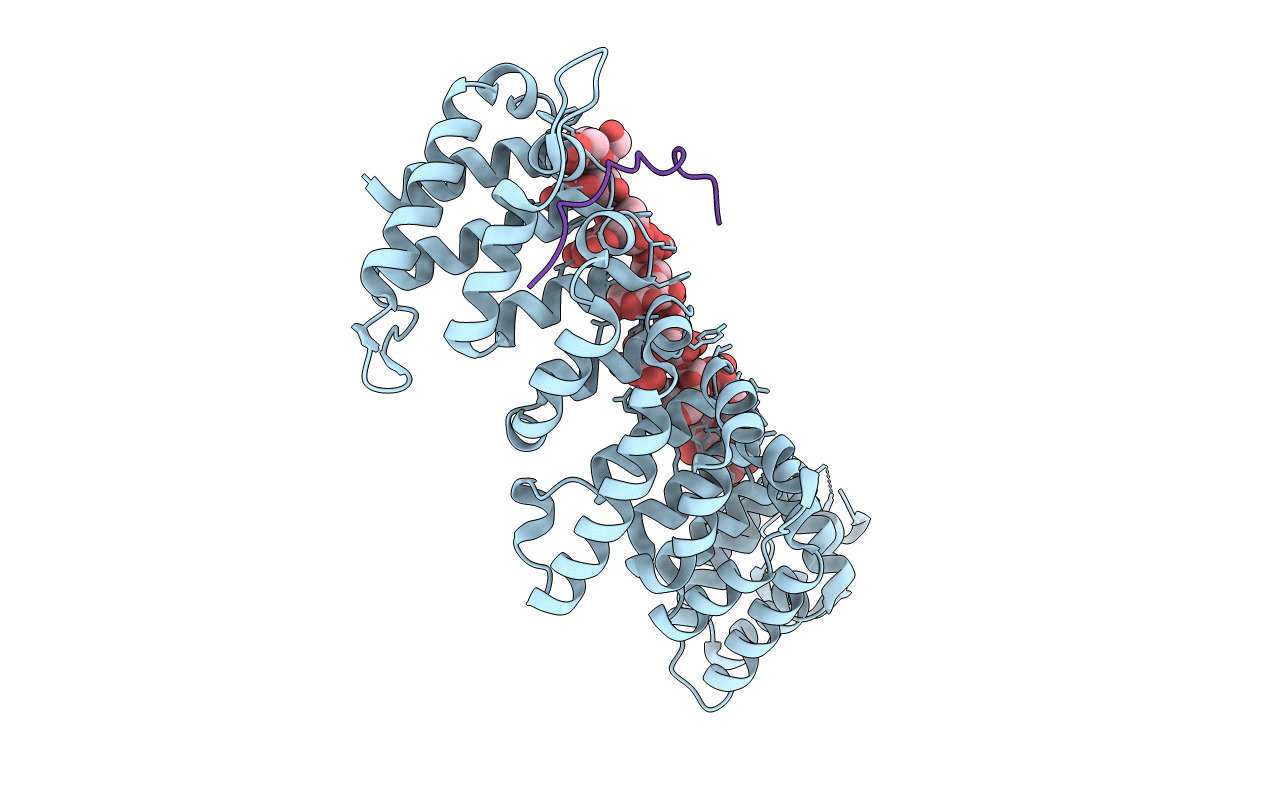
Deposition Date
2021-08-28
Release Date
2022-04-13
Last Version Date
2023-10-18
Entry Detail
PDB ID:
7RZZ
Keywords:
Title:
Crystal structure of FBF-2 in complex with LST-1 site A peptide and compact FBE RNA
Biological Source:
Source Organism:
Caenorhabditis elegans (Taxon ID: 6239)
Host Organism:
Method Details:
Experimental Method:
Resolution:
2.39 Å
R-Value Free:
0.21
R-Value Work:
0.17
R-Value Observed:
0.17
Space Group:
P 61


